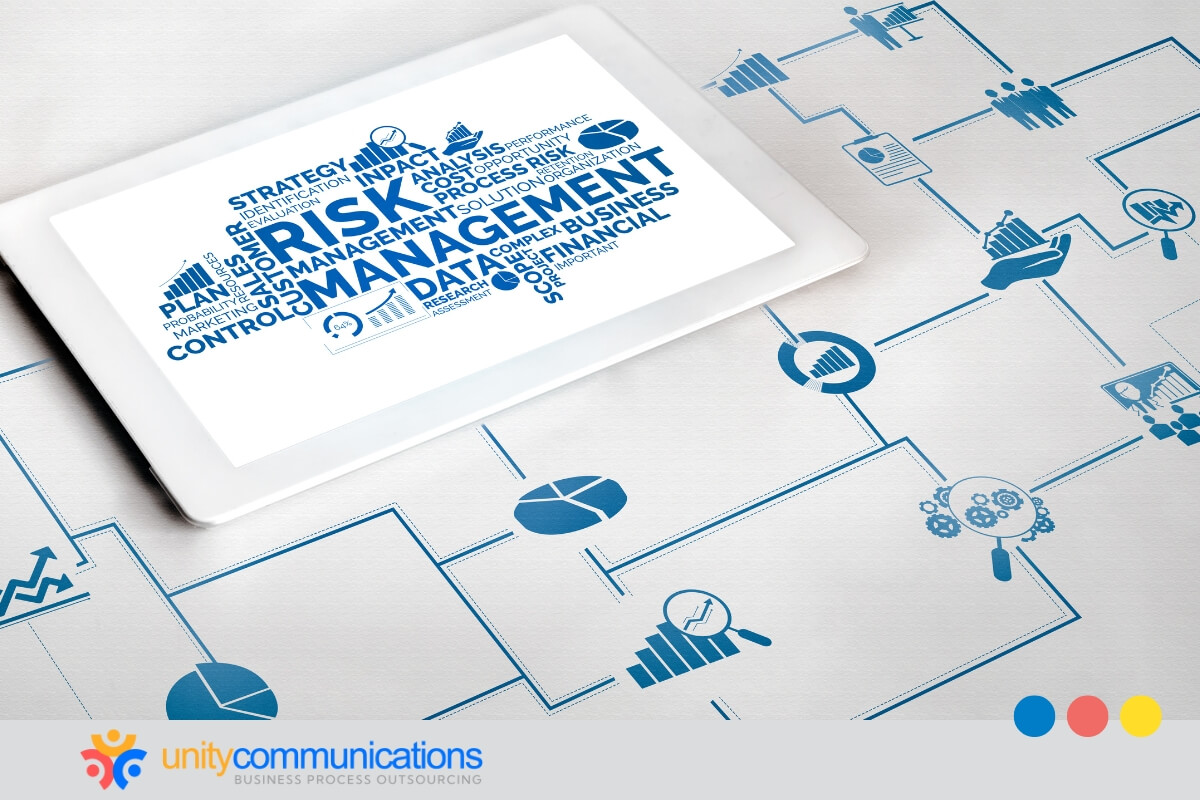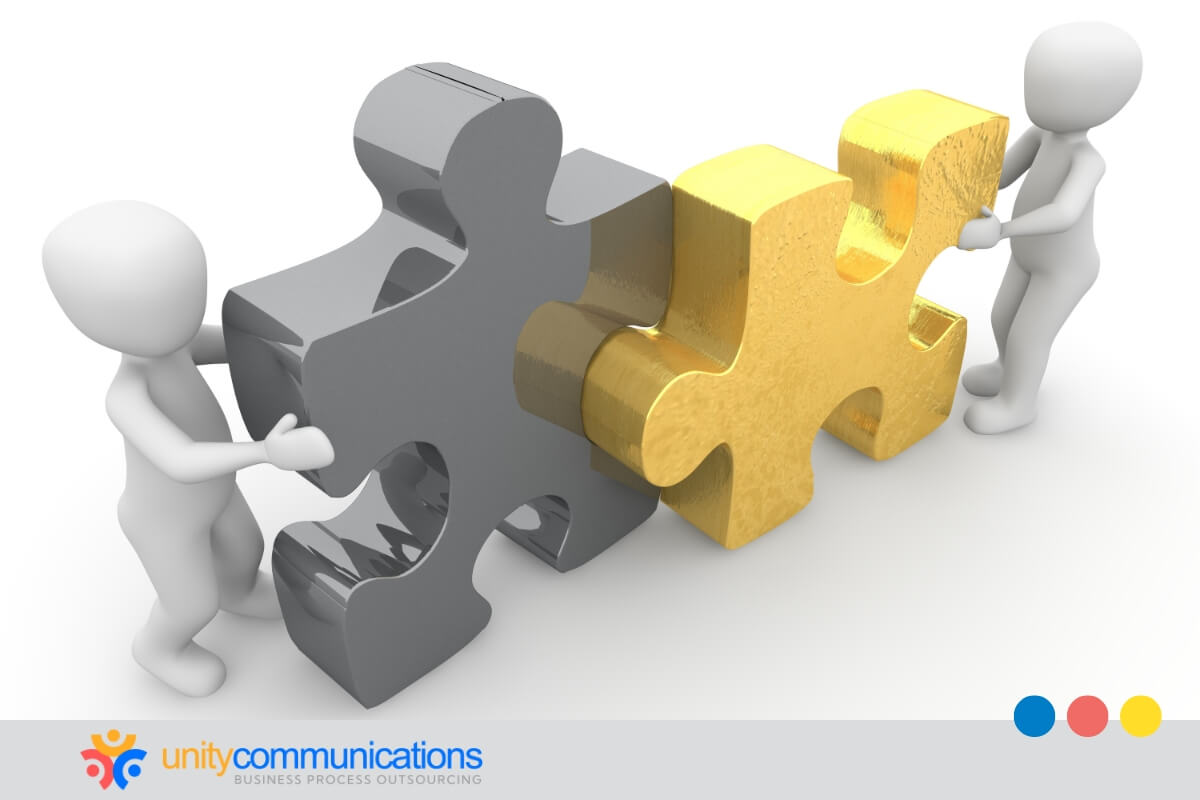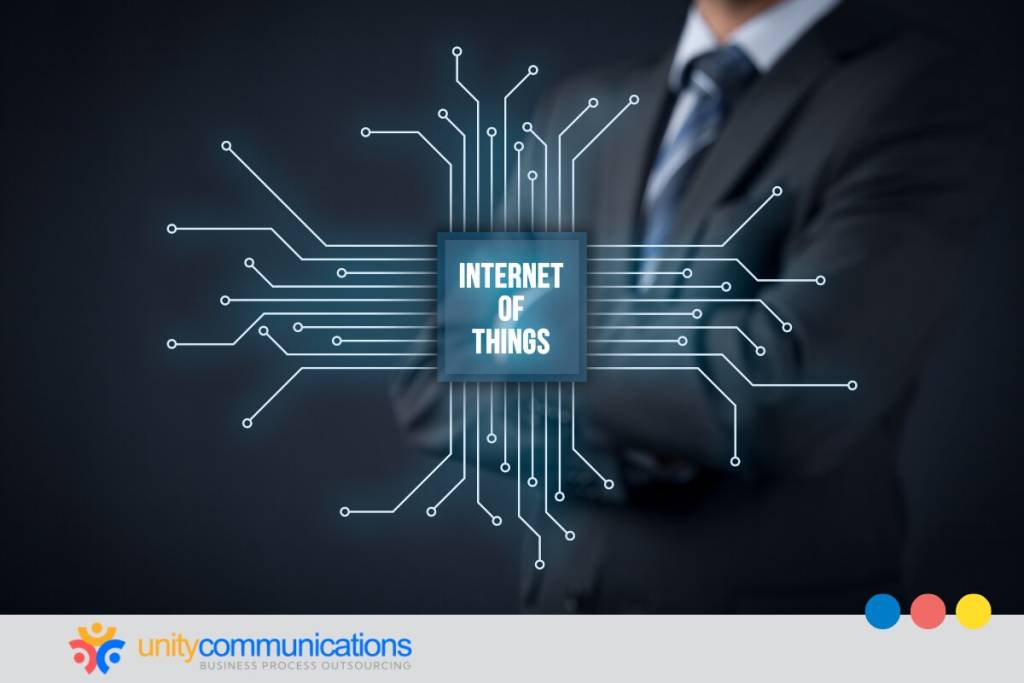Table of Contents
The smartest artificial intelligence (AI) systems aren’t defined by how much data they process but by how well they serve people. Human-centered AI engineering ensures technology aligns with human needs, values, and experiences. It empowers people instead of forcing them to adapt to machines.
This approach creates AI that feels like a true partner rather than just another tool by focusing on usability, trust, and ethics. This results in smarter innovation that empowers users and keeps people at the heart of technological progress.
Discover how leading organizations apply these principles about human-centered AI agents to drive measurable business value.
What is human-centered AI engineering, and why does it matter?

Human-centered AI engineering focuses on designing technology that enhances human capabilities instead of replacing them. It aligns AI systems with human needs, values, and decision-making processes, making them more intuitive and trustworthy.
This approach is critical in industries such as business process outsourcing (BPO), as AI must support employees and customers without creating friction. By keeping people at the center, you can achieve natural, ethical, and impactful innovation.
- Improved user experience designs AI that is intuitive, accessible, and easy for people to interact with.
- Trust and adoption foster confidence to help users feel comfortable relying on AI systems in daily operations.
- Fairness and inclusivity ensure AI decisions avoid bias and serve diverse user groups.
- Enhanced collaboration strengthens human-AI partnerships, enhancing productivity without diminishing the human role.
- Sustainable innovation creates AI systems that can evolve with human values and long-term needs.
As AI adoption accelerates, the focus on human-centered AI becomes vital to ensure technology grows with people, empowering them rather than working at their expense.
How do transparency and explainability strengthen AI systems?
Transparency and explainability are the foundations of human-centered AI engineering. When people understand how systems work and why decisions are made, they are more likely to trust and adopt the technology. In business settings, transparent AI processes reduce risk, enhance compliance, and facilitate smoother integration across various industries.
- Builds trust. Users feel more confident when AI decisions can be explained in plain language.
- Supports accountability. Clear reasoning makes it easier to identify and correct errors.
- Improves compliance. You can meet regulations that require precise documentation of AI decision-making.
- Encourages adoption. Teams are more likely to embrace AI when they understand how it works.
- Enables collaboration. Human workers can partner with AI more effectively when the system’s reasoning is visible.
By strengthening AI with transparency and explainability, you can create systems people are willing and eager to use.
How can you design AI with fairness and inclusivity at its core?
An estimated 34 million AI-generated images are produced daily, highlighting the scale at which these systems are shaping digital content. However, because AI reflects the data and design choices behind it, this scale also brings the risk of unintentionally reinforcing bias if not carefully engineered.
By designing for fairness and inclusivity, AI serves everyone equitably while strengthening diversity, reputation, and customer trust.
- Bias detection and mitigation. Train AI to identify unfair patterns in data. Correct the system before deployment.
- Representative datasets. Use diverse data sources to ensure decisions apply fairly across different user groups.
- Inclusive design practices. Involve people from varied backgrounds in the development and testing process.
- Ethical review processes. Embed checks and audits to maintain fairness throughout the AI lifecycle.
- Global accessibility. Design AI systems while considering cultural, linguistic, and regional differences.
By prioritizing fairness and inclusivity at its core, AI becomes a force for equity rather than exclusion.
Why are user trust, safety, and reliability critical in AI design?
Approximately 65% of consumers trust businesses that use AI, while 14% express distrust and 21% remain uncertain. This shows that no matter how advanced AI systems become, their success ultimately depends on trust—built through safety and reliability that give people confidence in everyday use.
Without these foundations, you risk rejection, reputational damage, and even legal consequences.
- Trust as the foundation. Users only adopt AI they believe is designed with their best interests in mind.
- Safety measures. Built-in safeguards prevent harmful or unintended outcomes.
- Reliability in performance. Consistent, accurate outputs ensure users can depend on AI for critical tasks.
- Resilience to errors. Well-designed systems recover gracefully and reduce risks when issues occur.
- Long-term adoption. Trustworthy systems encourage continued use and integration across business processes.
Focusing on trust, safety, and reliability keeps AI robust and dependable.
What role do human-in-the-loop approaches play in oversight and control?

AI is fast and efficient, but humans provide the judgment and ethical reasoning that machines cannot replicate. Human-in-the-loop (HITL) approaches combine machine intelligence with human oversight to ensure decisions remain accountable and aligned with real-world values.
With this balance, you can reap the benefits of automation without compromising human responsibility or control.
- Checks and balances. Humans validate AI outputs before critical decisions are finalized.
- Ethical safeguards. Oversight ensures decisions respect moral and cultural norms.
- Error prevention. Human review catches mistakes that AI alone might miss.
- Adaptive learning. Feedback from people helps AI models improve over time.
- Risk management. HITL prevents automation from creating costly errors in high-stakes industries.
With humans in the loop, you can build efficient systems that remain accountable and aligned with human values.
Why are usability and accessibility essential in human-centered AI?
AI is only as valuable as its ability to be used and understood by real people. Usability ensures that systems are intuitive and user-friendly, while accessibility guarantees that people of all abilities and backgrounds can use them. By prioritizing these elements, AI becomes a tool that empowers everyone.
- Intuitive interfaces. Simplified interactions allow users to focus on outcomes rather than technical hurdles.
- Inclusive design. People with disabilities and those with different needs can access and use the system.
- Reduced friction or streamlined workflows make adoption easier for employees and customers.
- Global reach. Accessible AI adapts to diverse languages, cultural norms, and regional contexts.
- Higher adoption rates. Ease of use drives higher adoption and faster organizational integration.
By embedding usability and accessibility, human-centered AI engineering delivers value that reaches everyone.
What ethical considerations shape human-centered AI?
Ethics form the foundation of creating AI systems that people can trust. Human-centered AI engineering must ensure technology respects privacy, avoids harm, and aligns with societal values. Without a strong ethical foundation, even the most advanced AI risks losing public trust and creating unintended consequences.
- Data privacy safeguards sensitive information and promotes compliance with relevant regulations.
- Bias and fairness prevent discrimination and foster equitable outcomes.
- Accountability establishes clear responsibility for AI decisions and their impacts.
- Transparency makes processes explainable, allowing users to understand how the system arrives at its outcomes.
- Social impact considers how AI affects jobs, communities, and long-term human well-being.
Integrating these principles enables your organization to design AI that benefits society while minimizing harms and legal exposure.
How should businesses balance automation with human decision-making?
Automation delivers speed and efficiency, but overreliance on machines can erode accountability and human judgment. Striking the right balance means utilizing AI for repetitive, data-intensive tasks while maintaining human oversight of critical decisions. This maintains efficiency without compromising responsibility or ethical oversight.
Reflecting this balance, McKinsey estimates that by 2030, up to 30% of U.S. work hours could be automated, resulting in approximately 12 million job transitions. This underscores why balancing automation with human authority is not optional. Equitable, responsible growth is essential.
- Delegation of routine tasks. Automation handles repetitive processes so humans can focus on strategy.
- Human oversight in critical areas. People retain authority in high-stakes or sensitive decisions.
- Shared responsibility. You can combine machine efficiency with human accountability.
- Improved accuracy. AI reduces errors, while human review aligns outputs with real-world nuance.
- Sustainable growth. Balancing both enables innovation that respects human values and creates opportunity.
Blending automation with human authority helps create efficient and responsible systems.
Why is cross-disciplinary collaboration key to building human-centered AI?

AI is a human challenge that spans ethics, psychology, design, law, and business. Through cross-disciplinary collaboration, diverse expertise informs the development of AI systems, resulting in more fair, practical, and widely accepted solutions.
When multiple perspectives guide development, the result is technology that reflects real-world complexity.
- Broader expertise. Combining technical, ethical, and social knowledge creates a well-rounded AI design.
- Reduced blind spots. Diverse input prevents the adoption of narrow or biased approaches.
- Practical innovation. Solutions are tested against real-world challenges across industries.
- Ethical safeguards. Collaboration considers moral and societal concerns.
- Higher adoption rates. Systems designed with multiple perspectives resonate more with users.
Cross-disciplinary teamwork ensures AI development is technically sound, socially responsible, and genuinely human-centered.
What real-world applications show the business value of human-centered AI?
Human-centered AI engineering is already driving measurable impact across industries. When organizations prioritize usability, ethics, and inclusivity, they create systems that people trust and adopt more quickly.
These real-world examples demonstrate precisely how prioritizing people translates into business value and a competitive advantage:
- Healthcare. AI tools explain diagnoses and support doctors in improving patient outcomes and trust.
- Finance. Transparent, bias-aware AI builds customer confidence in credit scoring and fraud detection.
- Retail. Personalized recommendations enhance customer engagement while respecting privacy.
- Customer service. HITL chatbots resolve issues faster while maintaining empathy.
- Business process outsourcing. AI assists employees with routine tasks, boosting efficiency without replacing human expertise.
- Education. Adaptive learning platforms tailor lessons to individual students, helping teachers support diverse learning needs.
- Manufacturing. AI-powered predictive maintenance reduces downtime and keeps workers safe on the production floor.
- Transportation. Human-centered AI engineering in navigation and safety systems assists drivers and operators without removing their control.
- Energy. Smart grid AI balances supply and demand while assessing environmental impact and community needs.
- Human resources. Bias-mitigated hiring tools enable companies to make more equitable decisions and enhance workplace inclusivity.
These applications prove that human-centered AI is ethical and profitable. Learning about the value of human-centered AI agents and how outsourcing works can help you apply this amazing technology to your business operations.
The bottom line
Human-centered AI engineering ensures that technology enhances, rather than overshadows, human needs, values, and experiences. Organizations that prioritize fairness, transparency, trust, and collaboration build AI systems that users actually embrace and rely on.
The outcome is smarter innovation, faster adoption, competitive advantage, and technology that respects human dignity. These principles create the roadmap to building AI systems that work with people, not at their expense.
Ready to implement human-centered AI? Let’s connect.




